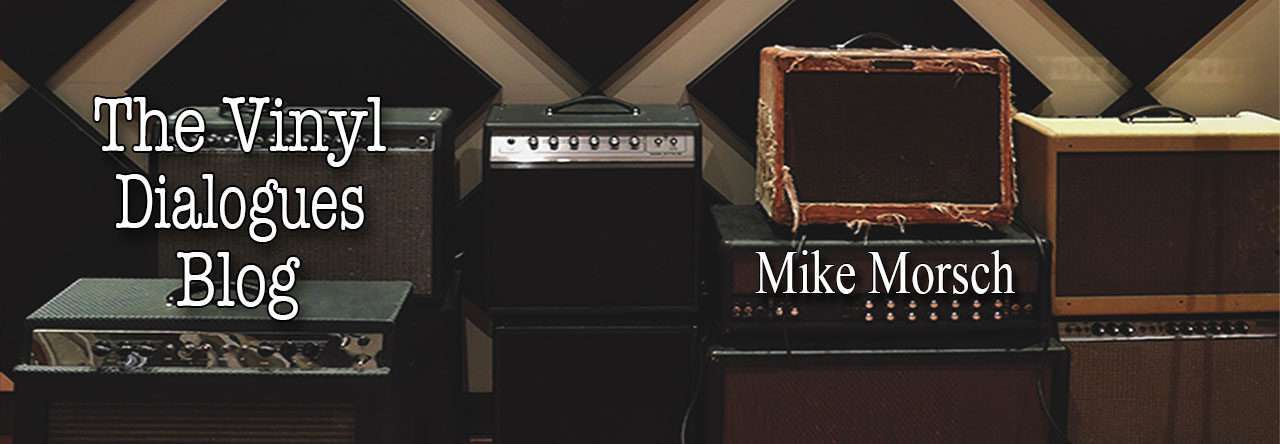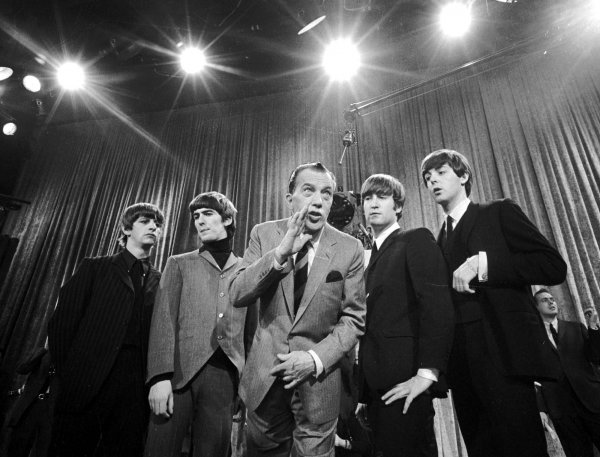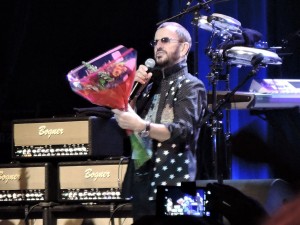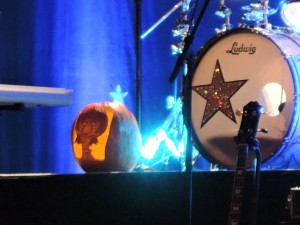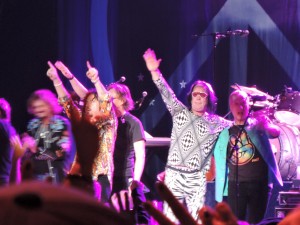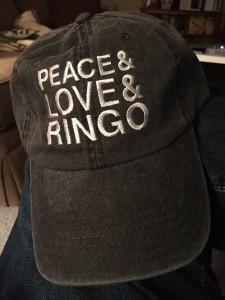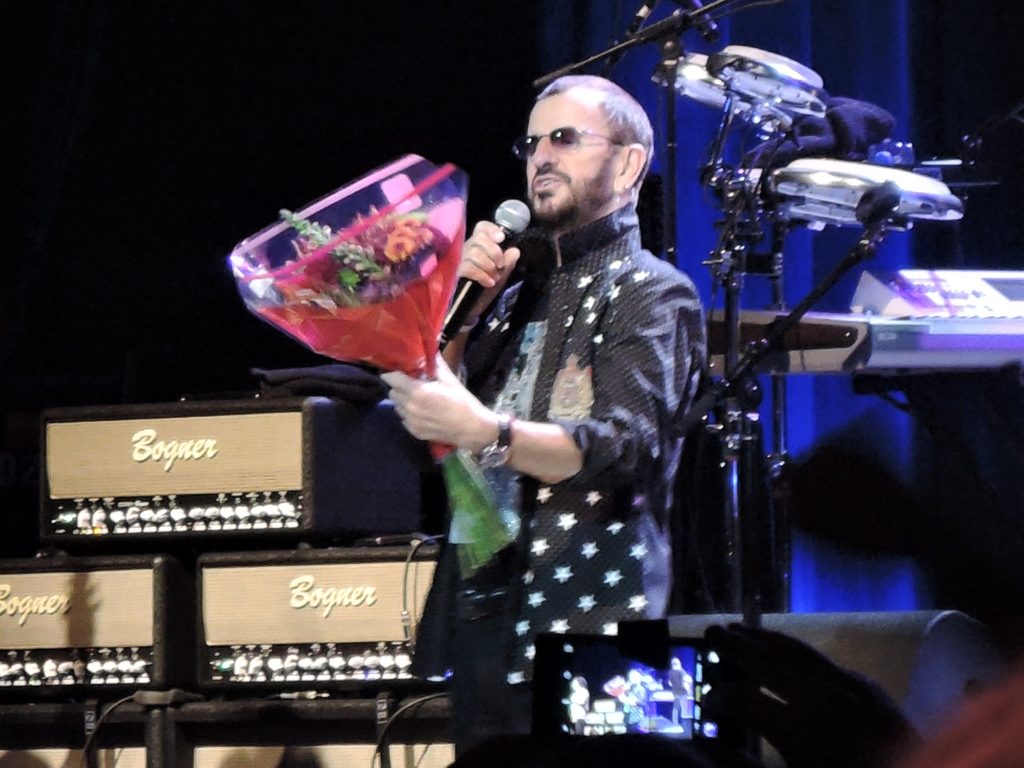
(Photo by Mike Morsch)
In February 1964, a snowstorm had blasted the northeast. The region was paralyzed and air travel had virtually shut down.
Sandy Yaguda was at his home in Brooklyn, waiting out the storm.
Yaguda — stage name Sandy Deanne — was one of the original members of the group Jay and the Americans, which by winter of 1964 had recorded a couple of hit songs, most notably “She Cried,” which reached No. 5 on the Billboard Hot 100 chart in 1962.
And then the phone rang Feb. 10 at Yaguda’s house. It was the band’s manager.
“He called and said, ‘Listen, you guys have to find a way to get to Washington, D.C. You’re playing with the Beatles and the Righteous Brothers tomorrow night,’” said Yaguda.
The Beatles had taken America by a storm even bigger than the one that had rocked the northeast that week. They had made their U.S. debut on the Ed Sullivan Show on Feb. 9, 1964, in New York City, and their first live concert in the U.S. was scheduled just two days later, on Feb. 11, at the Washington Coliseum in the nation’s capital.
Because of the heavy snow blanketing the region, all flights had been canceled and the Beatles had taken a train to D.C. for the gig. Originally scheduled to appear with the Beatles at the Coliseum were the Chiffons, an all-girl group from the Bronx who had the hits “He’s So Fine” and “Will You Still Love Me Tomorrow” in 1963; and Tommy Roe, who had a No. 1 hit with “Sheila” in 1962.
But because of the storm, neither The Chiffons nor Roe could make it to D.C. Instead, the call went out to the Righteous Brothers and Jay and the Americans to fill the bill.
“We had seen the newsreels of the Beatles, with girls screaming and fainting in Germany. The hype was on but they hadn’t really been here yet. They were just starting,” said Yaguda.
Jay and the Americans made it safely to D.C. the day of the show and upon arrival were immediately greeted by the marquee on the outside of the Coliseum that read, “The Beatles . . . and others.”
That didn’t sit too well with Jay Black, the lead singer for Jay and the Americans.
“Fuck this! Turn the car around! We’re leaving!” Yaguda recalled Black saying.
“And me being the voice of reason — the Ringo of the group — I said we can’t do that, we signed a contract, we’ll get sued for twice the money. We have to play the show,” said Yaguda.
Black calmed down and the group unloaded the car and went inside the Coliseum.
A pre-show press conference with the Beatles was about to start and the members of Jay and the Americans wanted to see what all the fuss was about. So they sat in the grandstand of the Coliseum, close enough to hear what was going on between the reporters and the Beatles.
“One of the reporters said, ‘How did you find America?’ And Ringo said, ‘We made a left at Greenland.’ We all looked at each other, and we said you know what, these aren’t silly little kids. These kids are sharper than they’re getting credit for,” said Yaguda.
The show itself was a madhouse. During the performance of the Righteous Brothers, the crowd of mostly young girls chanted “We want the Beatles!” so loudly that it nearly drowned out the performance of the opening act.
Once again, that wasn’t acceptable to Black. When the crowd continued chanting “We want the Beatles!” during the Jay and the Americans set, Black reacted, but not in anger.
His instincts turned out to be right this time.
“Jay, being who is he, went out and said, ‘Hey, man, I’m glad you all came out to see us tonight,’” said Yaguda. “And they all cracked up. That won them over, so they shut up and listened to us and when we were done, gave us a big round of applause.”
When Jay and the Americans finished its set, the band members returned to their dressing rooms in the basement of the Coliseum.
“About three minutes later, a noise went up the likes of which I’ve never heard in my life, not when the Yankees won the World Series, not when Elvis performed. Because it was an enclosed building, the sound couldn’t escape; it just kept reverberating,” said Yaguda.
The Beatles had taken the stage.
“It didn’t die down. It was continuous. We all had to cover our ears with our hands and we just looked at each other in amazement,” said Yaguda.
“When it finally stopped, we said to each other, ‘Something just happened.’ We saw Elvis and we played with Roy Orbison; we played with a lot of people. And we’ve seen great ovations and we’ve gotten great ovations. This was something entirely different. This was mass hysteria. And we knew without even seeing it. We heard it and we knew it,” said Yaguda.
It would be the only time Jay and the Americans would share the bill with the Beatles.
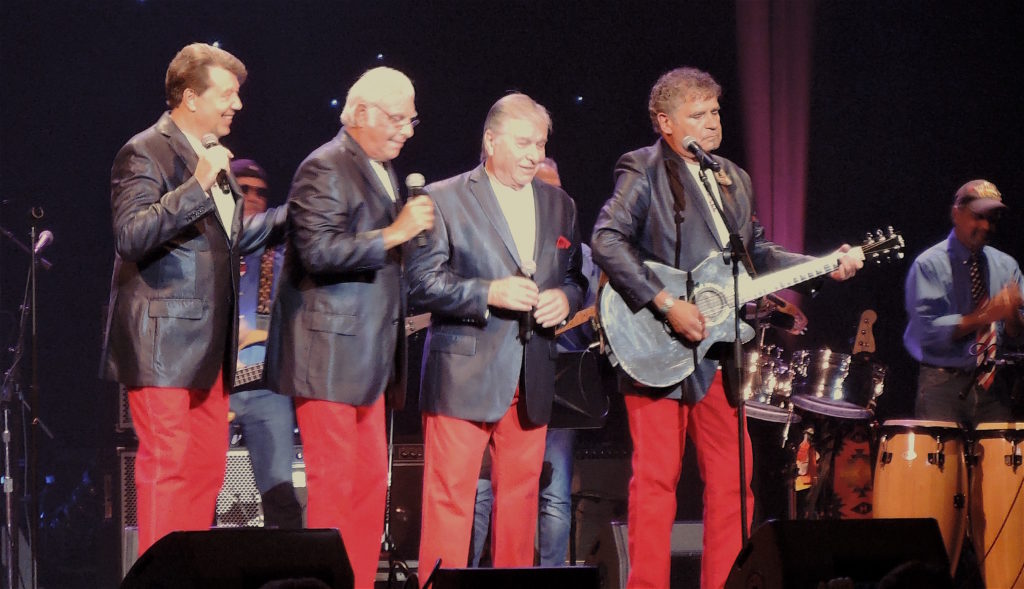
(Photo by Mike Morsch)
